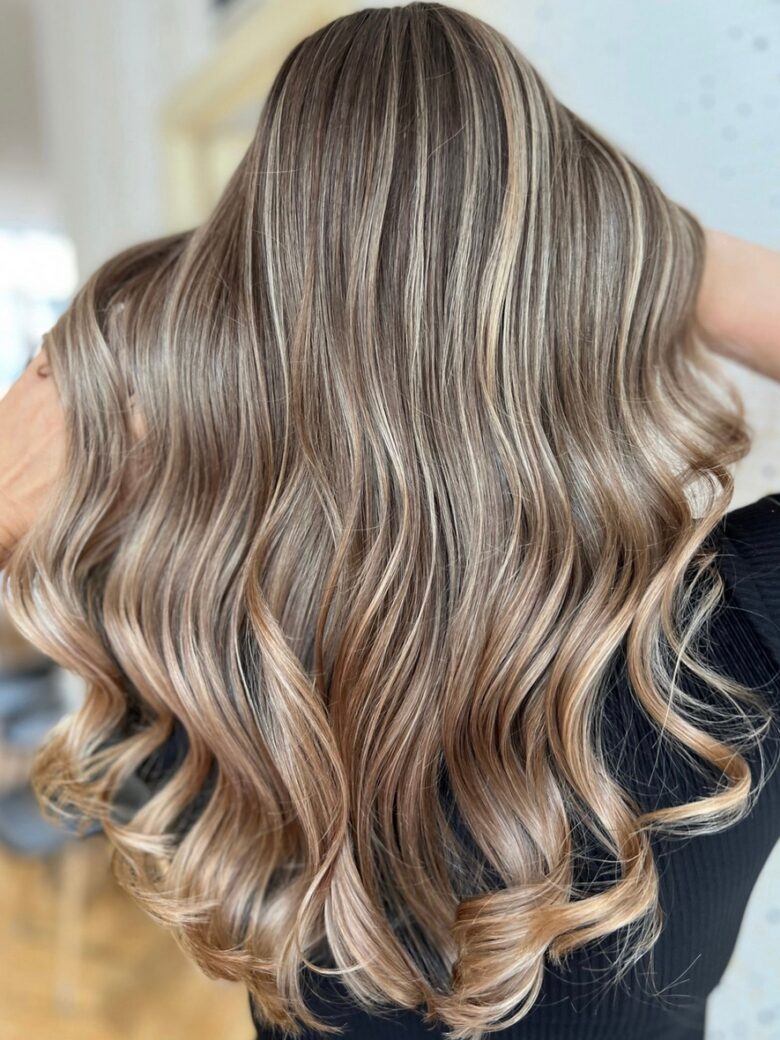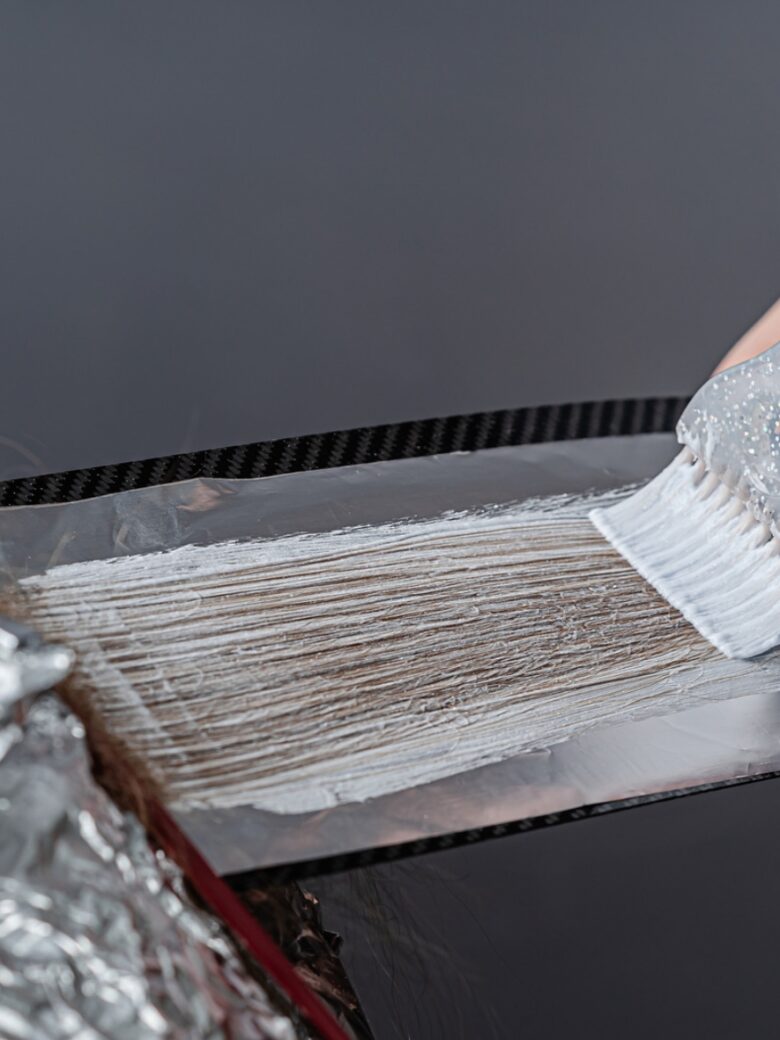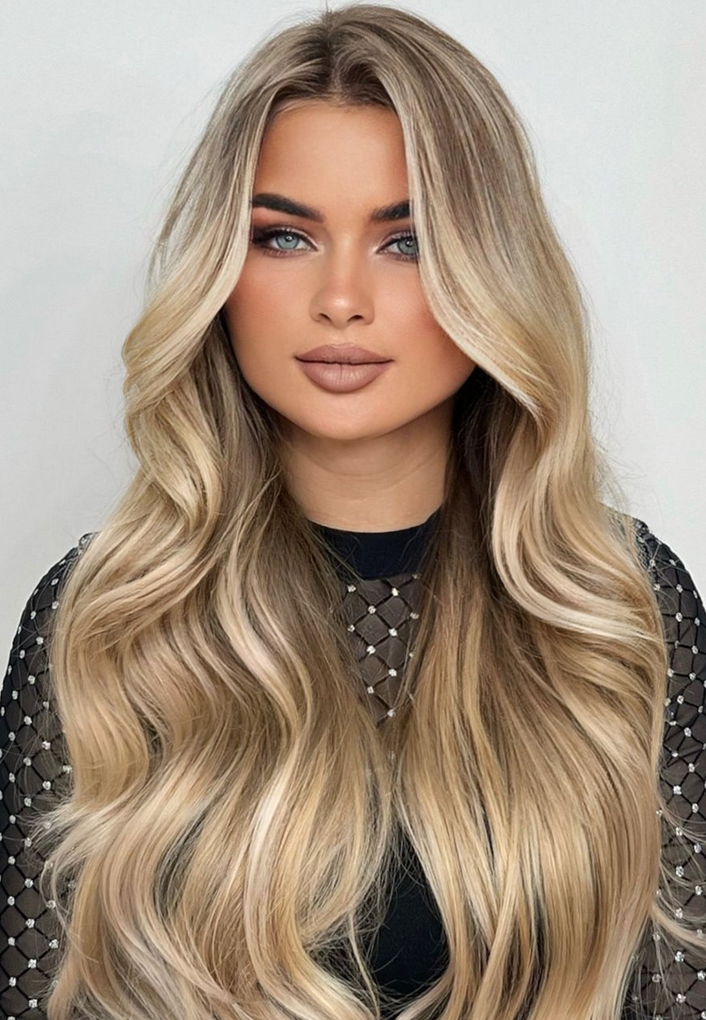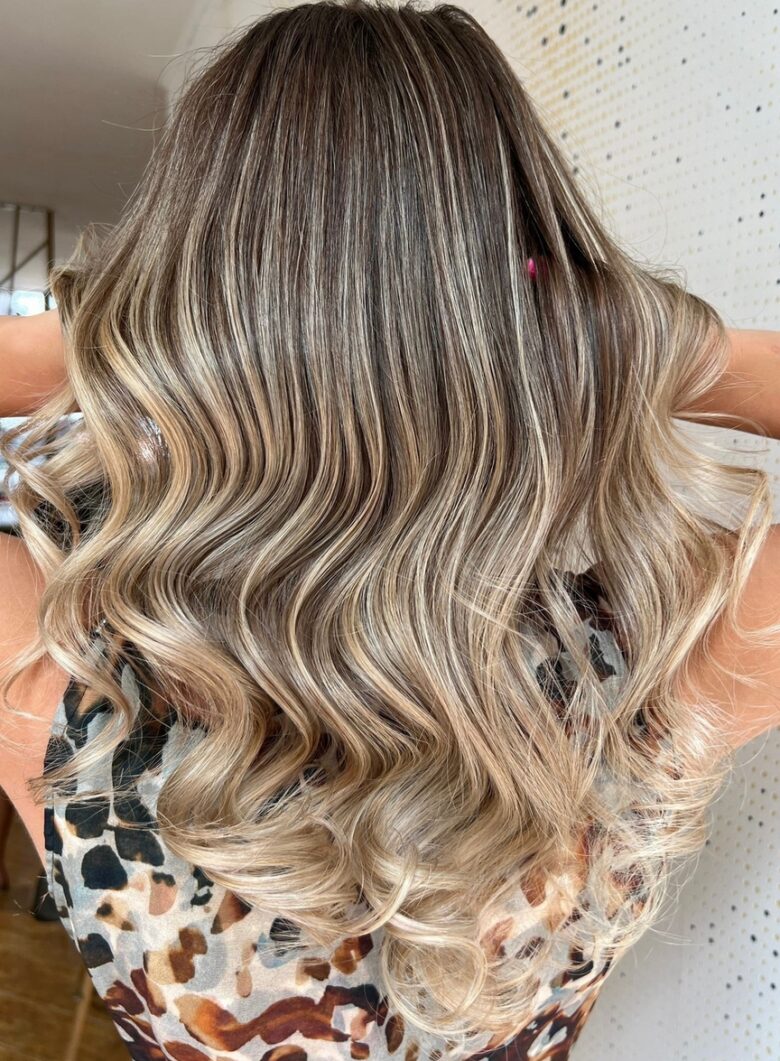Ah, balayage! This exquisite hair trend has shown impressive resilience, remaining evergreen in its appeal. Originating from the French word meaning ‘to sweep’ or ‘to paint’, balayage refers to a freehand hair coloring technique designed to produce soft, sun-kissed highlights. These are distinctly more natural-looking than the stark precision of traditional foil highlights. Given its enduring popularity, a recurring query from hair enthusiasts contemplating this style is: “How long will it take?” In this comprehensive guide, we’ll delve deep into the world of balayage, from understanding its essence to factors that influence its duration.
Contents
Understanding Balayage
At its heart, balayage is about creating art with hair as the canvas. The technique involves the gentle sweeping or painting of color onto selected hair sections. The resultant effect is a soft, blended gradient of highlights that seem to have been kissed by the sun. Unlike the regimented, uniform pattern observed in traditional highlights, hair coloring technique weaves a tale of depth, dimension, and sophisticated subtlety. The allure lies in its ability to present a harmonious fusion of the natural with the enhanced, ensuring that maintenance is less demanding while the luminous natural glow is more pronounced.

Source: canva.com
Factors Affecting Balayage Duration
Balayage, in all its splendor, isn’t a one-size-fits-all procedure. Its duration mirrors nature’s unpredictability. Imagine asking, “How long does a sunset’s glow last on a beach?” There’s variability, influenced by several factors:
Hair Length & Volume: Naturally, the more voluminous and longer the hair, the more extensive the canvas for the colorist. This translates to more surface area requiring color, proportionally increasing the time commitment.
Desired Final Look: If you’re a brunette seeking gentle caramel undertones, the journey is relatively quicker than, say, a brunette wanting platinum blonde ends. The greater the contrast, the longer the process.
Previous Hair Treatments: Hair that has previously been colored or treated behaves differently. It might resist the color or absorb it differently, possibly necessitating longer periods to achieve the envisioned outcome.
Consultation and Preparation
Artists don’t dive straight into painting without first sketching or visualizing the final masterpiece. Similarly, a balayage is most successful when preceded by a thorough consultation. This critical step allows both the stylist and client to align their visions. The stylist assesses the hair’s health, understands any prior treatments, and gauges the feasibility of the desired outcome. It’s a dialogue, ensuring that expectations are managed and set appropriately. Following this, preparations are undertaken. This might involve pre-lightening the hair or using protective treatments to ensure the hair remains healthy throughout the coloring process.
Choosing the Right Salon
The salon and stylist you choose play a pivotal role, not only in the outcome of your balayage but also in how long the process will take. It’s akin to selecting an artist to paint your portrait.
Experience Matters: An experienced stylist will have honed their technique over the years. They’ll be adept at assessing your hair and determining the best approach, potentially streamlining the process.
Expertise in Balayage: Not every stylist specializes in balayage. Opting for a stylist who’s skilled and regularly practices hair coloring technique can significantly influence the duration.
Salon Infrastructure: Modern salons equipped with the latest hair treatment technologies can expedite certain processes, ensuring you’re not in the chair any longer than necessary.

Source: canva.com
Balayage Techniques
Hair coloring technique, though a singular term, is an umbrella for various techniques, each bringing its unique flair and, of course, time considerations.
Traditional Balayage: Done freehand without foils, it may be quicker but requires a deft hand for a blended look.
Foilayage: A blend of foils and this hair coloring technique, it uses foils to generate more pronounced highlights. It can be more time-intensive but achieves brighter results.
Flamboyage: Using adhesive strips instead of foils, it strikes a balance between the natural look of balayage and the brightness of foilayage, with the duration being somewhere in between.
Estimated Timeframes
To offer a ballpark, here are some general timeframes:
Partial: Focusing on framing the face and select hair sections, this can take anywhere from 1.5 to 3 hours.
Full: A comprehensive coloring that covers your entire head, expect it to last between 3 to 5 hours.
Touch-Ups: Like refreshing the strokes on a canvas, this can range from 1 to 2.5 hours, depending on regrowth and fading.
The Process
The journey of balayage is meticulous:
Sectioning: Hair is divided, typically into 4 to 6 sections, consuming about 15-30 minutes.
Painting: The stylist strategically applies color, which takes the lion’s share of the time, often 1.5 to 3 hours.
Processing: The hair now rests, allowing the color to settle and develop, averaging 30 minutes to an hour.
Washing & Toning: Post-processing, the hair is washed and sometimes toned to achieve the desired shade, adding another 30 minutes to an hour.
Styling: A blow-dry and light styling to showcase the new hues might take an additional 30 minutes.

Source: canva.com
Balayage on Different Hair Types
Different canvases demand varied strokes. Straight hair might offer a smoother surface for painting, taking less time, while curly or wavy hair, with its unique texture and volume, might necessitate more detailed attention, adding to the duration. The key is understanding your hair type and setting expectations accordingly.
Post-Treatment Care
Ensuring the longevity of your balayage isn’t just about the hours at the salon but also the care thereafter. Using color-safe shampoos, conditioners, and regular deep conditioning can extend the vibrancy of your balayage. Incorporating UV protectant products can shield those beautiful highlights from sun-induced fading.
Maintenance
Over time, like all colored hair, balayage might fade or grow out. Regular touch-ups, typically every 8-12 weeks, can keep it looking fresh. Depending on the regrowth and any changes in desired color, maintenance sessions can be quicker than the initial appointment but are crucial for preserving the balayage’s allure.

Source: canva.com
Conclusion
Balayage, while a time-consuming affair, is an investment in a hairstyle that marries grace with low maintenance. The time it takes is influenced by multiple factors, from your hair’s nature to the stylist’s expertise. But remember, like all good things, perfection takes time. Always consult a professional to receive a tailored time estimate and ensure your balayage journey is both delightful and satisfying.
